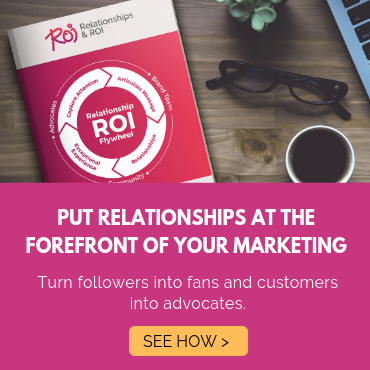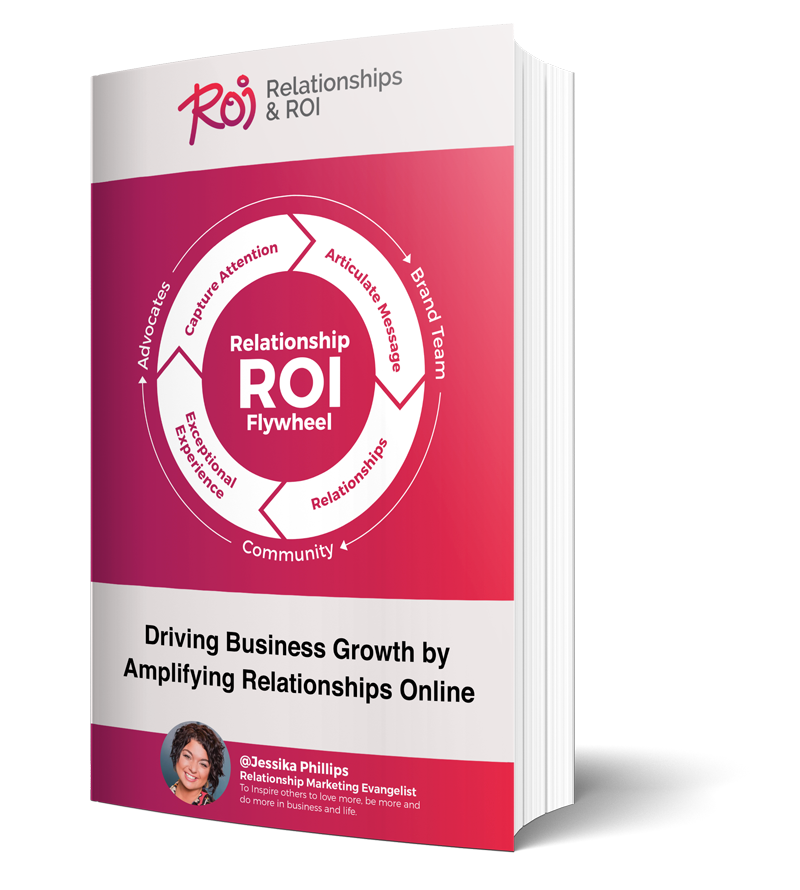When launching and running a successful blog for your brand, the devil is in the details. As simple as starting a business blog might sound, you first need the basics to ensure you get the most out of the time and money poured into it.
Blogging for business allows you to reach your audience by educating them about your brand and establishing yourself as an expert in your field. Research shows that B2B marketers who blog for business generate 67 percent more leads than those that do not. Moreover, marketers who have invested in blogging are 13 times more likely to generate positive ROI.
So yes, there is no reason your business cannot have a blog. But as mentioned earlier, it helps to follow a series of steps to get the most out of your investment.
-
Identify your target audience
Your business's products and services are geared towards a specific market. For example, a home restoration company's ideal customers are probably homeowners or older adults with spending power to afford a home.
This kind of targeting also applies to blogging.
- Who is your target audience?
- Where can your target readers be found online?
- What problems and challenges do they face?
This process creates a buyer persona, a representation of your ideal reader and customer, which will guide the direction of your content marketing efforts.
-
Identify your blogging goals
Goal setting will help you keep your blogging efforts focused and unified by a clear theme.
- Is your business a new player in the industry? If so, your immediate goal might be to generate brand awareness.
- Are there any people inquiring about your products and services? Then you need to blog for lead generation.
- Do you need to move product or hit revenue goals? Then you need to blog to generate sales.
Your goals will also allow you to measure your blog's success, which in turn will enable you to improve your methods for better results.
-
Create a content mission
The next step is to go deeper and create a content marketing mission.
Your content mission will define:
- The theme and goal of your blogging efforts
- For whom you are creating content and why
- What your brand stands for
A mission adds another layer of direction to your blogging efforts, which will not only serve as your marketing guide, but will also inform your audience about who you are and what you do.
-
Write for your audience's needs
Whenever you find yourself struggling with topics, go back to your buyer personas.
For example, imagine one of your cookware business's buyer personas is Sally, a millennial living alone with problems preparing healthy and affordable meals. You can reach out to her with a blog post providing meal planning tips, or a guide on the best and most affordable items to include in the grocery list.
If your content solves your readers' problems, or answers their questions, it will eventually generate activity.
-
Create a content calendar
Once you have your content ideas ready, you need to slot them in a content calendar, a guide for when to publish your blog posts.
A calendar helps you stick to a publishing schedule and space out your content assets. That way, your readers can expect a steady stream of blog posts.
A content calendar also helps you to schedule different content types. For example, once a week you might release an infographic, which is great for communicating visual data in an engaging manner.
-
Be conversational and provide direction
Your blog is not an academic journal. Sure, your readers want to be informed, but they are also more likely to be interested in light reading. You are a better off taking on a conversational tone, for instance how you might talk to a friend.
And never underestimate the power of a call to action. Each blog post should end with a message telling your readers what to do. It can be:
- To share the post
- To leave a comment
- To follow you on your social media channels
- To follow the blog for similar content in the future
-
Clear distribution and acceleration plans
Besides the actual content creation process, be sure to invest time and resources into content distribution and acceleration. Strategies for ensuring your blog is visible include:
- SEO - Optimizing content for search visibility
- Social media marketing - Drawing traffic from Facebook and Twitter, among others
- Paid ads - PPC campaigns for faster results
- Relationship building - Link exchanges and guest posts with authority sites and brands
- Influencer marketing - Tapping opinion leaders to share your content or mention your brand
Although these steps barely scratch the surface of a solid business blogging strategy, they should nonetheless provide you with a general idea of how to start, as well as what direction to take with your blog. Above all, always remember to blog for your audience. If you do that, the engagement should follow.




Comments